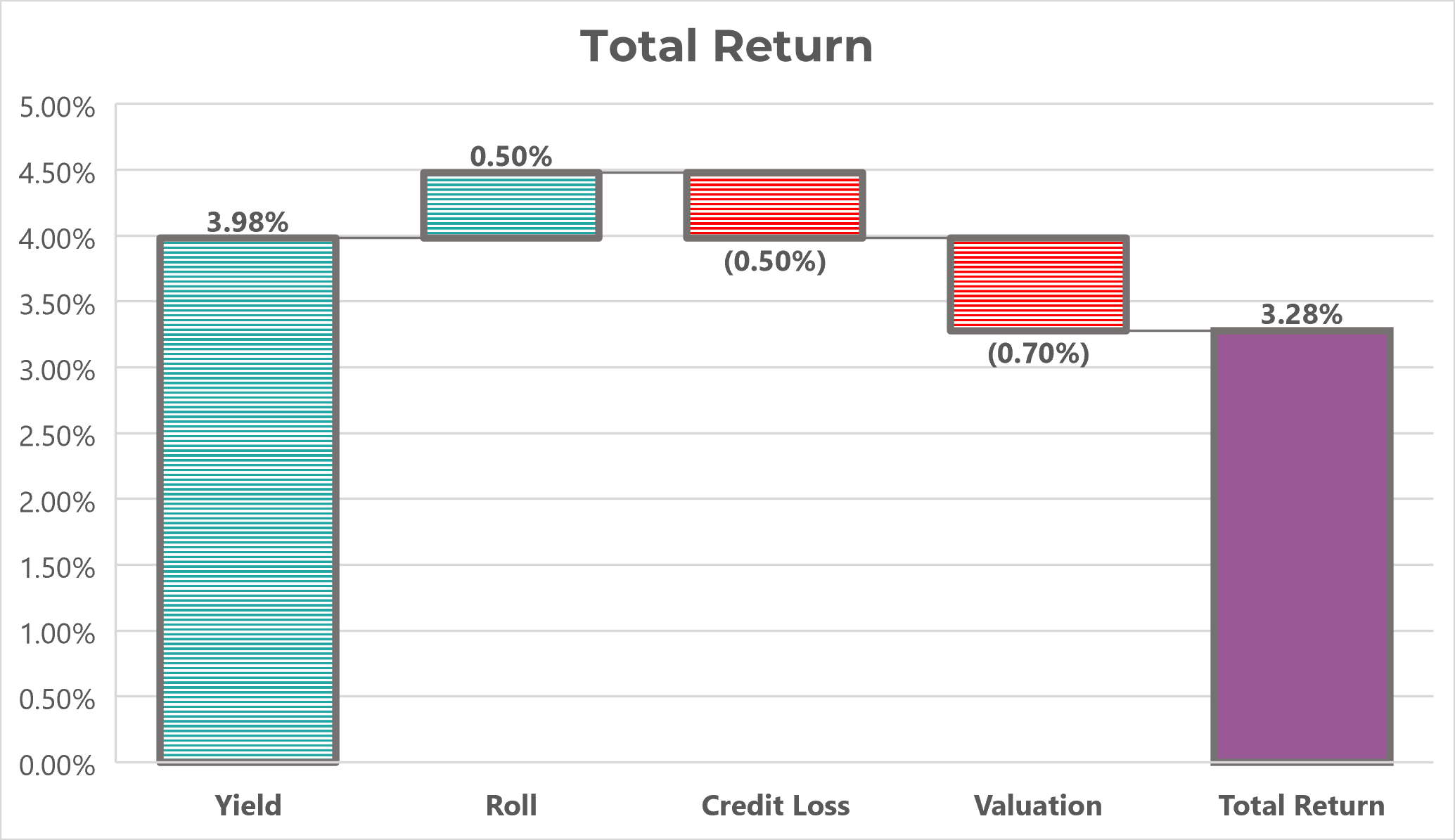How to value: Fixed Income
As the world re-enters an environment where yields are a meaningful alternative to taking on equity risk within a portfolio, there hardly seems a better time to cover methods for valuing fixed income than today.
The role of interest-bearing investments in a portfolio has been in stark relief since the start of the 2020 pandemic market; in three short years the market has seen aggressive rallies in rates (government bonds) and credit, last year ended with history-making negative returns on many fixed income indexes, and today we are faced with some of the highest yields since the GFC.
With such volatility, and the abolishment of the “TINA” narrative (There Is No Alternative – referencing equities) in favour of “there are many alternatives” (or TAMA), it is crucial that investors recognise how they garner returns from fixed-income securities to better understand where and how to allocate their portfolio to this asset class.
Continuing our “How to Value” series from last week, we will be covering broad total return models to achieve this goal.
The Fundamentals of Total Return
As with equities, there are a few ways which are found in institutional investing/academic literature to define the total return of a fixed income security.
If the mechanics of total return aren’t relevant to you, we recommend skipping straight to “Investment Implications” optionally, whilst passing Go and collecting $200.
Generally, you might see a form written like this, particularly when valuing credit:
Total Return = (Coupon + Principal) + Spread + Curve + Roll Return
To provide quick definitions for this model:
- Coupon is the regular coupon payments/cash flows received
- Principal is the repayment of the initial investment you made in the bond
- Curve is a change in the yield curve over the life of the investment (if rates rise, price will fall, and vice versa for fixed-rate bonds)
- Roll is how the yield changes over time. Fixed income securities tend to have yields which converge with a market yield as they get closer to maturity, and so you can potentially see gains or losses in the price of the bond depending on where the yield was relative to the market earlier in the life of the bond
- Spread generally refers to credit spreads, which is the additional yield the market requires over holding the equivalent maturity government bond (the ‘risk-free’ equivalent) – government bonds can have spreads but these are normally called “yield differentials”
Internally, we prefer a different format of this methodology which more clearly outlines some of the nuance – and better illustrates where you stand to gain/lose in a fixed-income investment.
Total Return = Yield + Roll – Credit Loss + Valuation
Again, some brief definitions:
- Yield represents the Coupon + Principal component from the former model, these could be considered a “stream of future cashflows” – this is undoubtedly the largest component of total return for fixed income assets
- Roll is the same as above – if the yield curve is sloping upwards, the value of the fixed income asset purchased today will increase as time goes on
- Credit loss represents the impact to the value from a downgrade in rating or default – information on how much risk the market places on such events is generally found in current spread levels
- Valuation can also be considered the change in credit spread/interest rate levels, or the price paid when purchasing the asset versus (as the price falls, the spread/interest rate is higher)
If we put this into a visual example, imagine a hypothetical corporate bond which is yielding 3.98%, which factors in a credit loss and has an expansion in credit spreads – the culmination of such impacts on the total return are shown below.

Investment Implications
Escaping the technicalities, let’s simply outline what will make these different components add, or detract, value to your fixed income investment:
|
Component |
Positive (add value) |
Negative (detract value) |
|
Coupon |
Fixed |
Fixed |
|
Principal |
Fixed |
Default |
|
Roll |
Upwards sloping yield curve |
Downwards sloping yield curve |
|
Credit Loss |
Upgrade in rating |
Downgrade in rating/default |
|
Valuation |
Credit spreads tighten / interest rates fall |
Credit spreads widen / interest rates rise |
With this framework it becomes far easier to tell what is driving the performance of your fixed income portfolio. For example, an investor in 2022 who held a US Aggregate Bond index might have seen the following scenarios:
- Negative (downward sloping) yield curve
- Rising credit default risks
- Widening credit spreads
- Rising interest rates
Using this kind of a structure, an investor (or their advisor) could more clearly see why it is that the defensive allocation in their portfolio posted negative double-digit returns: yes the actual coupon rate and principal owed back to the investor remains the same, but the total return has changed dramatically during that period.
Roll With the Changes
This view of fixed income total return can be used by retail investors all the way to sophisticated institutions – the application is the only thing that differs. You might use this knowledge to better understand current performance of your allocations, or to forecast what the potential future total return of a fixed income investment may be.
As we move away from equities, a well-followed and largely understood asset class, it becomes more valuable to understand drivers and components of return.
From our perspective, these methods are invaluable to a risk-management framework, recognising the regime you are in and identifying how this will impact the return and volatility profile of the overall portfolio becomes far more intuitive when you are able to break down a vague “total return” concept into bite-sized chunks of market information. So next time you see the value of your fixed income book shift, note the previous table and with any luck the driver behind that move will reveal itself to you.
4 topics

